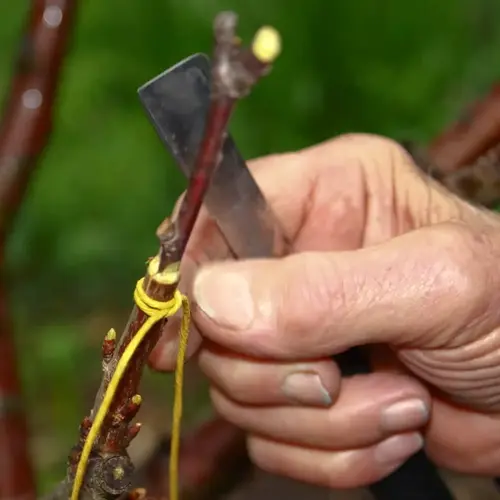How can I prevent misdiagnosing plant problems?

Written by
Nguyen Minh
Reviewed by
Prof. Charles Hartman, Ph.D.You want to ensure an accurate diagnosis of your plant problem to avoid wasting time and materials. I learned this the hard way after I mistook sunscald for blight on my pepper plants last year. To prevent false diagnoses, use systematic verification with different methods and sources instead of relying upon single observations.
Symptom Cross-Referencing
- Compare observed symptoms against multiple disease databases
- Check regional gardening resources for location-specific issues
- Verify against similar plant species symptom patterns
Environmental Testing
- Conduct soil pH and nutrient tests every growing season
- Monitor microclimate conditions like humidity and temperature
- Track water quality and irrigation patterns
Progression Documentation
- Photograph symptoms daily with date stamps
- Maintain growth journals noting fertilizer and weather changes
- Map affected areas across the garden
In ambiguous cases, *tiered verification* should be practiced. When my tomatoes had curling leaves, I first used Plantix, then university sources, and finally emailed photos to my county extension. This three-step process verified herbicide drift rather than disease.
Build your diagnostic patience. Take 48 hours before intervening, as you consider the evidence. Watch symptoms until you get soil in your hand and test it. I now use rapid test kits for pH and nutrients immediately upon seeing problems, rather than misdiagnosing too quickly.
Establish your own personal reference libraries. Store diagnosed plant samples pressed between sheets. Take photographs of recovery stages. Your past case binder is essential for increasing the speed of distinguishing new issues and improving the accuracy of diagnosis from season to season.
Read the full article: Comprehensive Guide to Identify Plant Diseases

